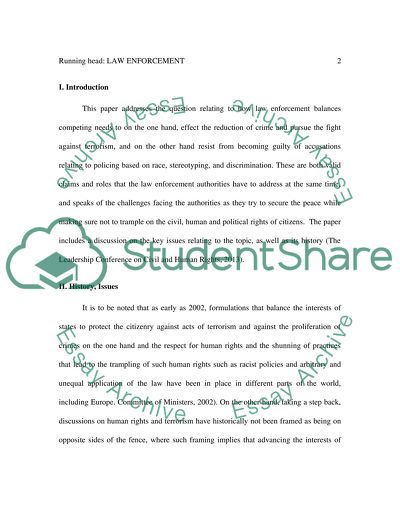Cite this document
(“Law enforcement Research Paper Example | Topics and Well Written Essays - 1250 words”, n.d.)
Retrieved from https://studentshare.org/psychology/1469203-law-enforcement
Retrieved from https://studentshare.org/psychology/1469203-law-enforcement
(Law Enforcement Research Paper Example | Topics and Well Written Essays - 1250 Words)
https://studentshare.org/psychology/1469203-law-enforcement.
https://studentshare.org/psychology/1469203-law-enforcement.
“Law Enforcement Research Paper Example | Topics and Well Written Essays - 1250 Words”, n.d. https://studentshare.org/psychology/1469203-law-enforcement.


